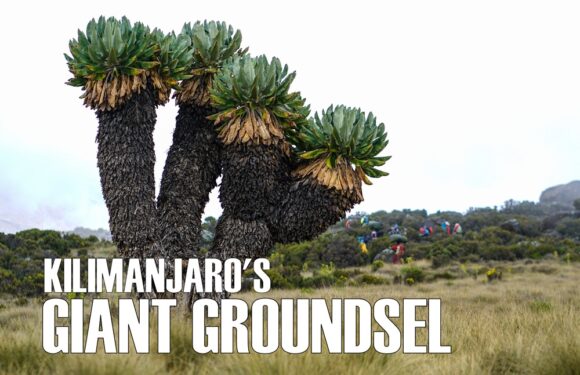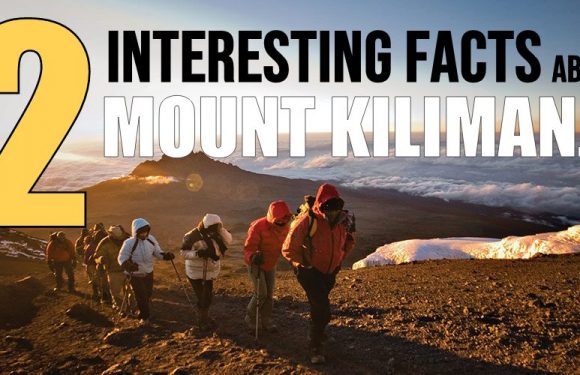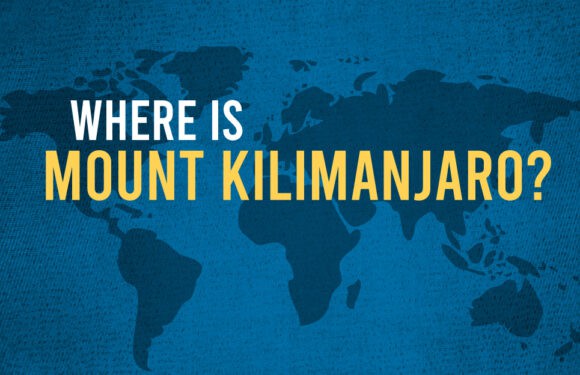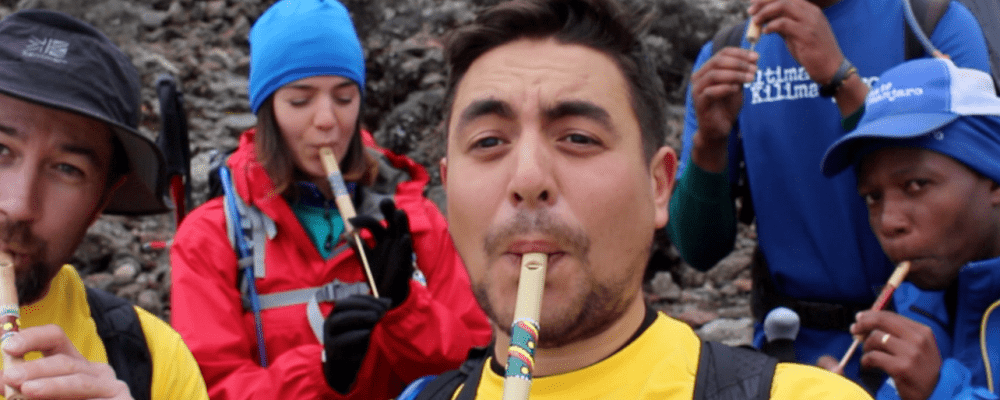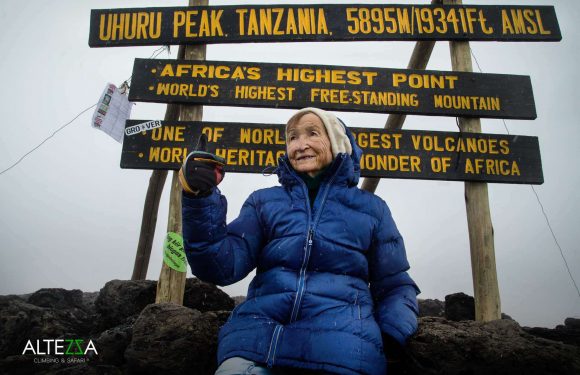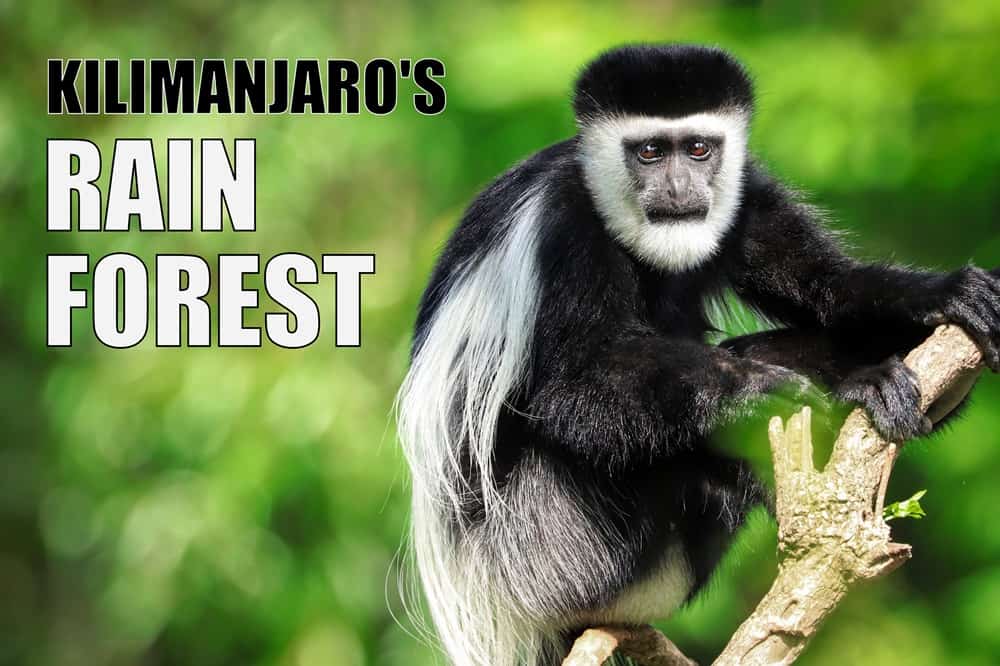
Rainforests, often described as the lungs of our planet, are crucial for the Earth’s ecosystem. These dense forests are biodiversity hotspots. They are home to over half of the world’s plant and animal species, despite covering less than 6% of Earth’s surface.
The rainforest zone is one of five climate zones in the Kilimanjaro region.
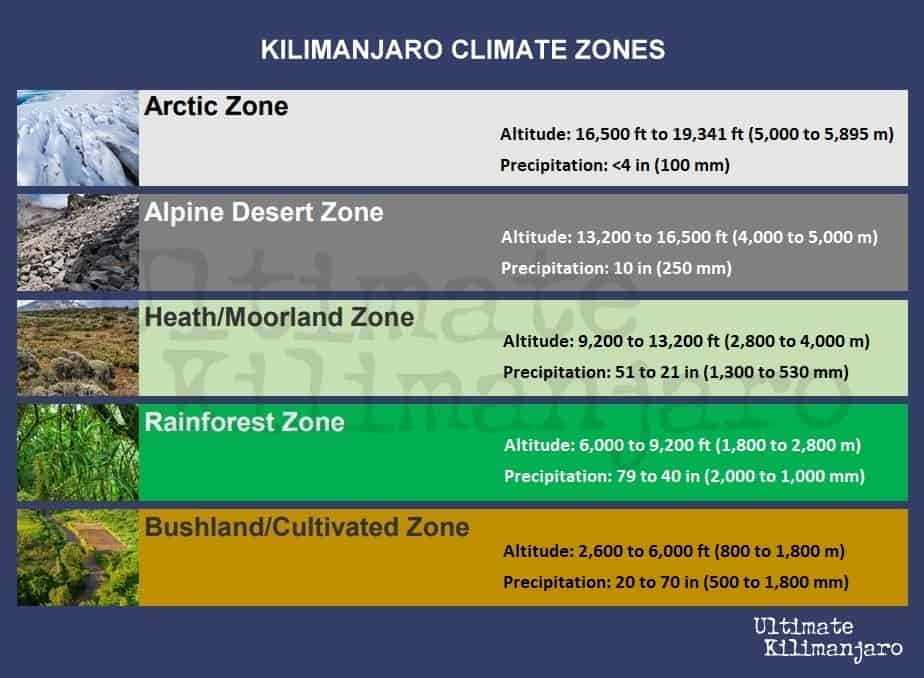
Characteristics of Rainforests
Rainforests are among the most intricate and vital ecosystems on our planet, characterized by several interdependent factors.
The climate of rainforests in general is predominantly warm and humid. Temperatures in these regions rarely fall below 68 degrees Fahrenheit (20 degrees Celsius), creating a consistently warm environment. This warmth is complemented by high humidity levels, often ranging between 77% and 88%.
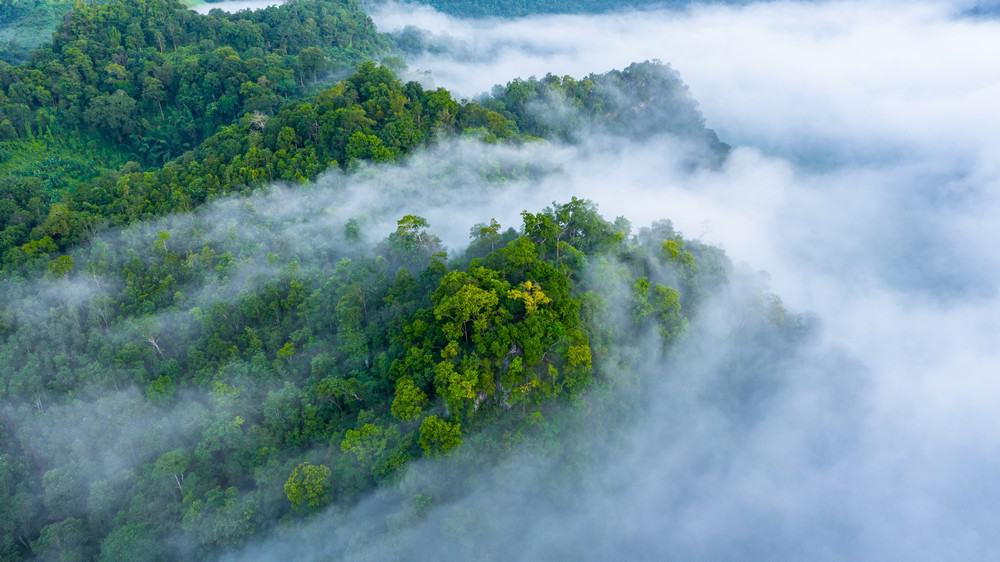
Rainforests are named for their significant and frequent rainfall, with some receiving over 100 inches (254 cm) annually. While some rainforests experience rain distributed throughout the year, others have distinct wet and dry seasons, each influencing the ecosystem in different ways.
Dense and diverse vegetation is a hallmark of rainforests. These forests have a layered structure, including the top emergent layer, the dense canopy, the dim understory, and the forest floor. This stratification allows for a remarkable variety of plant species, including towering trees, sprawling ferns, winding vines, and numerous flowering plants.
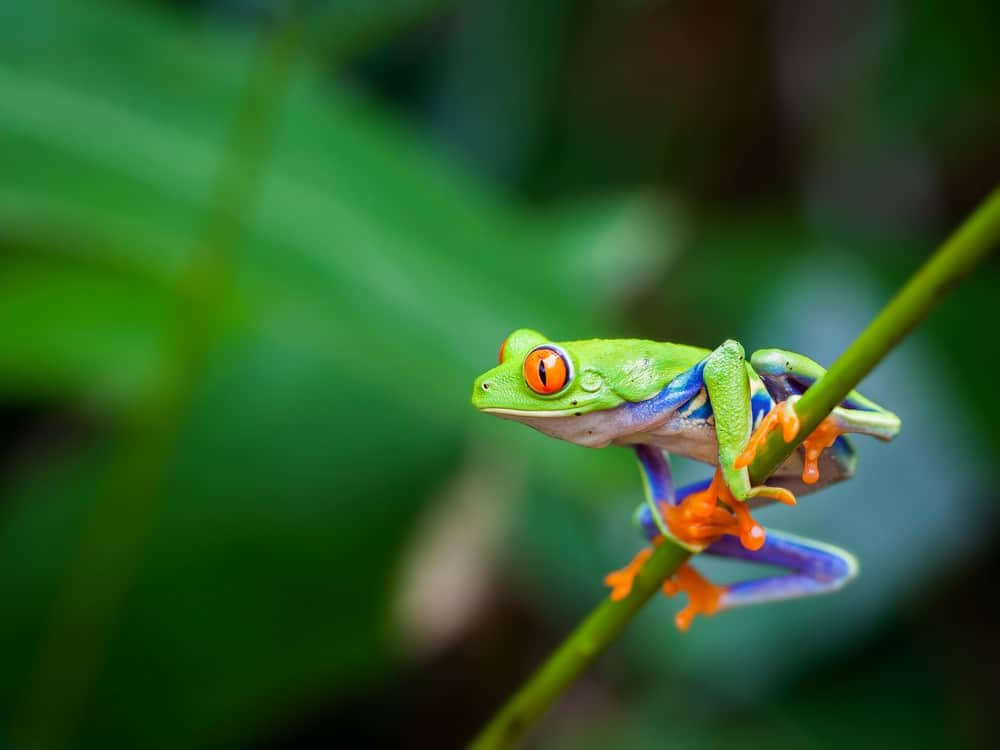
Rainforests host varied and vibrant wildlife. These regions are rich in biodiversity, hosting an array of insects, birds, reptiles, mammals, and amphibians. Many of these species have adaptations that enable them to thrive in the dense, moist environments of the rainforests. They comprise part of the complex food chains marked by intricate relationships among predators, prey, and the plants that sustain them.
The Environmental Role of Rainforests
Rainforests play a fundamental role in regulating the global climate. They are significant carbon sinks, absorbing vast amounts of CO2. Through the process of photosynthesis, these forests soak up greenhouse gas that would otherwise build up in the atmosphere. Greenhouse gases trap heat near the Earth’s surface and subsequently make the planet warmer. The destruction of rainforests, primarily due to deforestation, is a major concern for global warming.
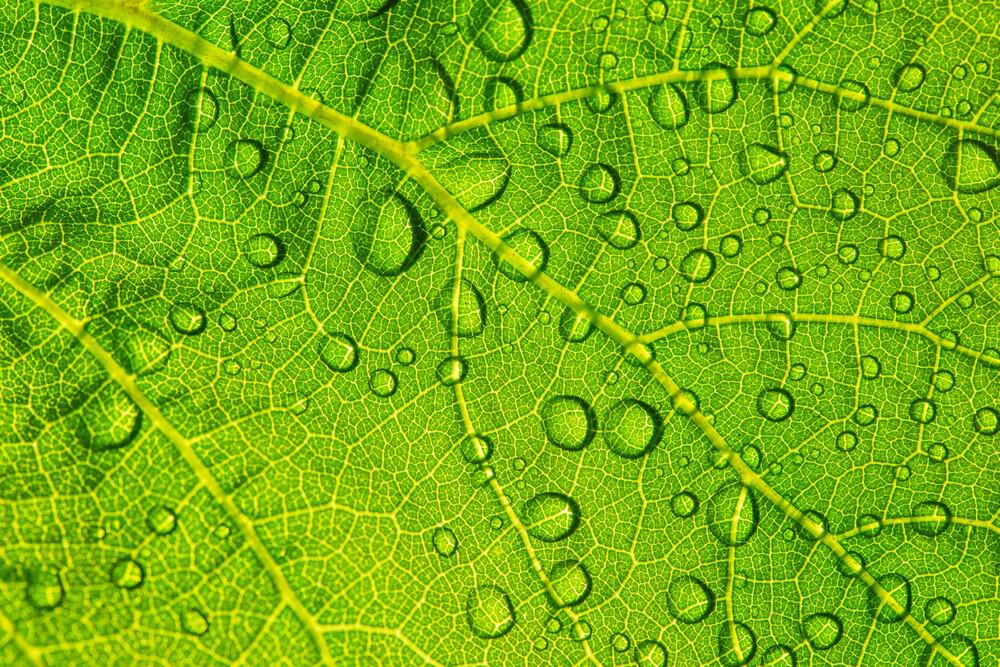
Additionally, rainforests are integral to the water cycle. They contribute to both local and regional rainfall through the process of transpiration, or releasing moisture into the atmosphere. This not only sustains the rainforest’s own ecosystem but also influences weather patterns and climates on a global scale. Scientists believe that regional deforestation around Kilimanjaro in recent decades has reduced the flow of moisture up the mountainside, accelerating the disappearance of the mountain’s ice cap.
In the face of global challenges like climate change and natural disasters, rainforests contribute to environmental resilience. Their dense vegetation can serve as a natural buffer against storms and floods. Rainforests protect soil from erosion and aid in nutrient cycling.
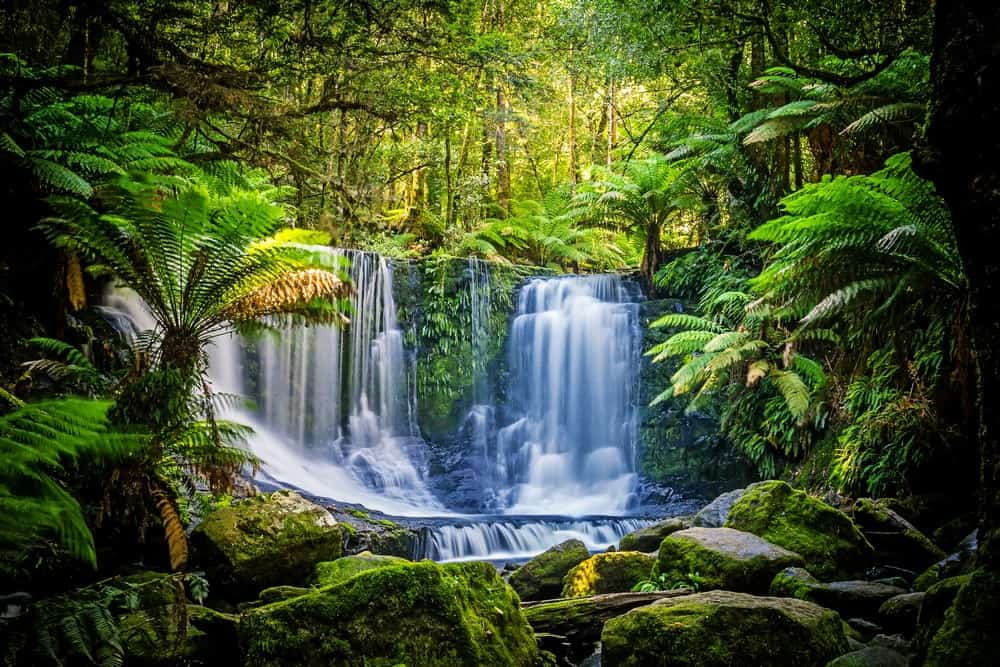
Kilimanjaro’s Rainforest
Nearly all of the routes on the mountain begin and end in the rainforestzone. It is situated between 6,000 and 9,200 feet (1,800 and 2,800 meters). Unlike other rainforests which are large expanses of land, Kilimanjaro’s rainforest is a narrow band encircling the mountain.
Kilimanjaro’s rainforest experiences a generally cooler climate compared to typical rainforests. Its temperatures average between 70 and 80 degrees Fahrenheit (21-27 degrees Celsius) during the day and can be much cooler, between 40 and 60 degrees Fahrenheit (4-15 degrees Celsius) at night. Additionally, the forest sees significant rainfall, between 79 to 40 inches (2,000 to 1,000 mm) per year, particularly during the wet seasons.
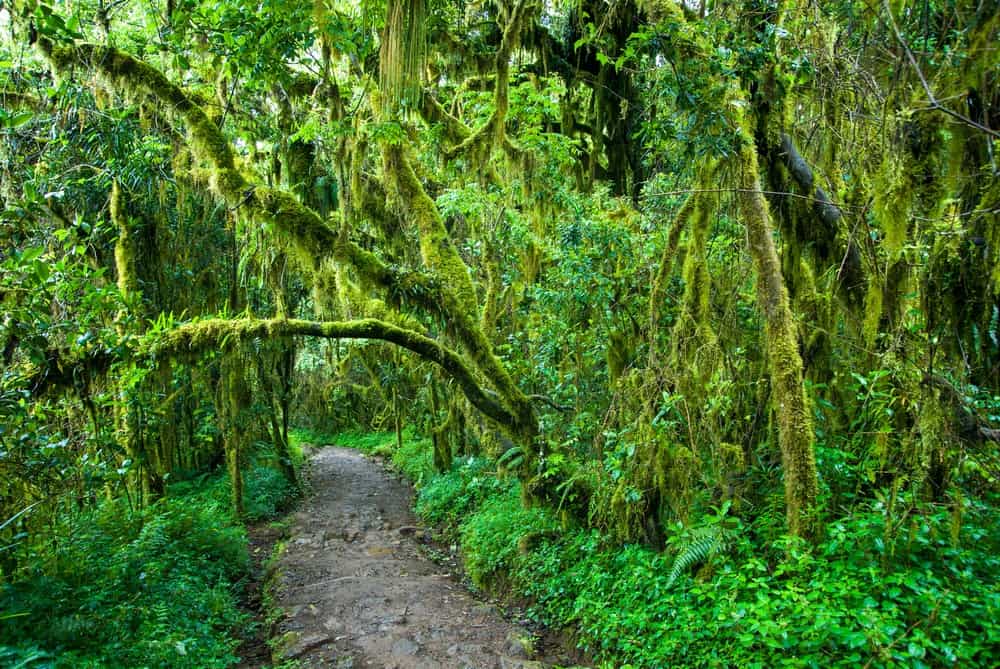
Much of the soil in the Kilimanjaro region has a volcanic origin, as the mountain itself is a dormant volcano. This type of soil, often referred to as Andosol, is derived from volcanic ash and material. Volcanic soils are typically rich in minerals. They contain high levels of nutrients like phosphorus, potassium, and calcium, which are essential for plant growth.
The soil in the Kilimanjaro rainforest generally has a loamy texture, characterized by a balanced mix of sand, silt, and clay. This texture is ideal for plant growth as it retains nutrients and moisture well while also providing adequate drainage. Additionally, the soil structure is typically porous and well-aerated, which is beneficial for root growth and the proliferation of soil microorganisms
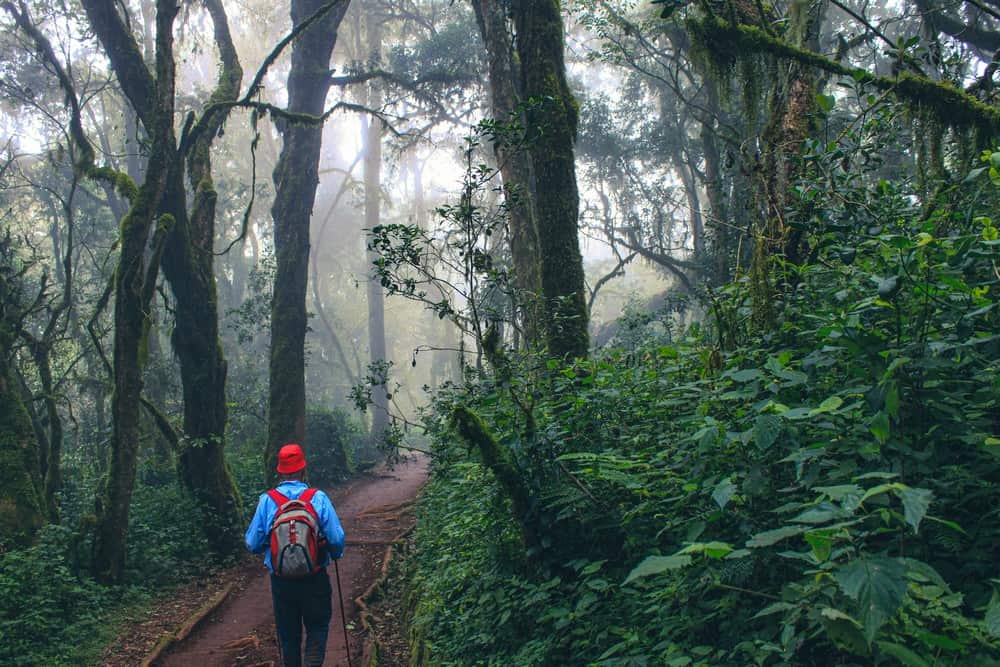
Kilimanjaro’s rainforest is dominated by huge trees, some reaching 100 feet (30 meters) tall. The undergrowth is dense with ferns, mosses, and flowering plants. More than 1,200 vascular plant species have been recorded in these forests, many endemic to this one mountain. Read more about the plants and trees you can find on Kilimanjaro here.
While large mammals are rare, Kilimanjaro’s rainforest thrives with smaller fauna. Colobus and blue monkeys, snakes, lizards, diverse bird species, and numerous insects form a vibrant ecological tapestry. The forest is alive with sounds, from birdsong to the rustling of leaves. Read about the wild animals you may see climbing Kilimanjaro here as well as the more unique animals found on the mountain here.
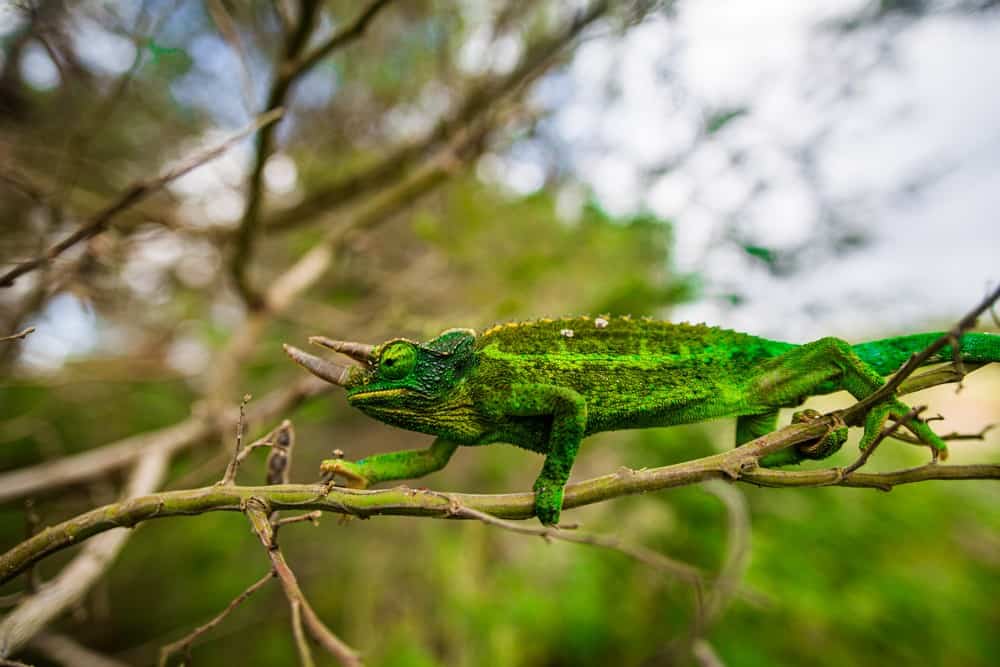
Tips for Tackling Kilimanjaro’s Rainforest
Here are some tips on how to best handle the rainforest zone on Mount Kilimanjaro:
- Have Your Waterproof Gear – It’s a given that the rainforest holds a lot of moisture. Therefore, you’ll want to make sure you are carrying your waterproof jacket and pants as you begin your climb and at the end. Don’t get caught in the rain without your hard shells.
- Footwear With Good Tread – If your experience wet, muddy terrain in the rainforest, your boots or shoes need to grip the ground securely. To be stable while moving on this slippery surface, we recommend at least a medium depth of tread.
- Use Trekking Poles – Similarly, you should use trekking poles to maintain balance in tricky areas.
- Wear Gaiters – This is optional, but gaiters can keep the mud out of your pants.
- Have Your Warm Clothes Ready – Kilimanjaro’s rainforest is located at high altitude. That means it can get cold quickly, especially once the sun sets. Have your warm hat and jacket close by once you get to camp.
- Mosquito Free – Trekkers will not encounter mosquitoes in the rainforest zone due to the high elevation of the starting and ending points. The temperatures are too cool for mosquitoes to survive.
Conservation Challenges
A significant portion of Kilimanjaro’s rainforest zone is designated as a National Park. This status provides a legal framework for conservation and restricts activities like logging and land conversion that can harm the ecosystem. The Tanzanian government has implemented regulations to control and manage human activities around the mountain. However, the forest still faces threats from illegal logging, agricultural expansion, overharvesting of plants, beekeeping, and wildfires.
Efforts are ongoing to protect this ecosystem.
Amazon: The World’s Largest Rainforest
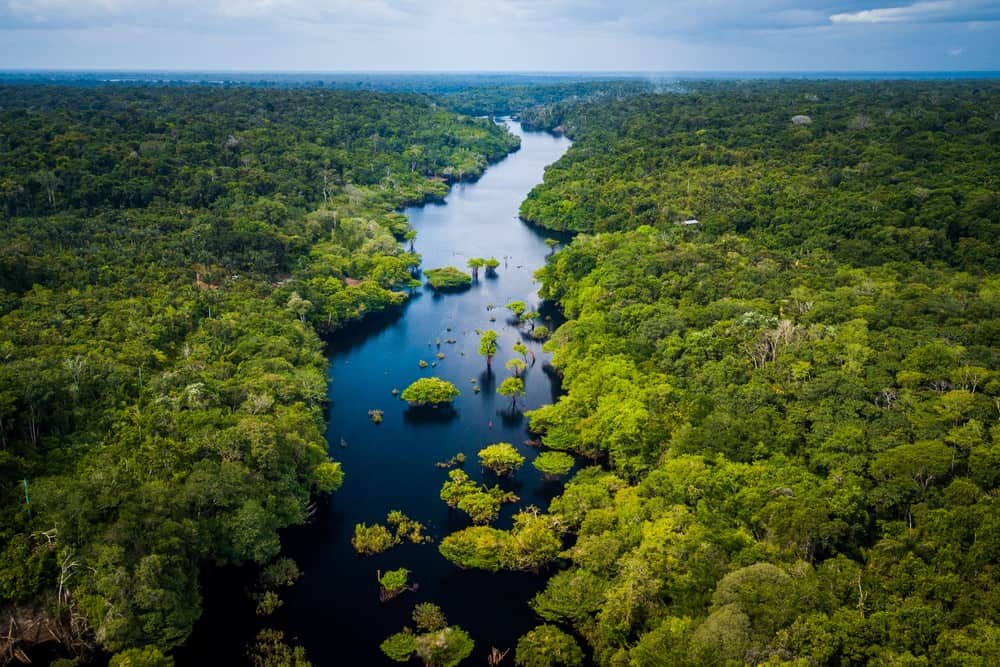
The Amazon Rainforest is a vast and vital part of our global ecosystem.
Spanning across nine countries in South America, with the majority in Brazil, it is the largest rainforest on Earth. Its significance is unparalleled in terms of biodiversity, climate regulation, and cultural diversity. It is home to an estimated 10% of the world’s known species. This includes over 2.5 million insect species, tens of thousands of plants, and approximately 2,000 birds and mammals. Many species are endemic, meaning they are found nowhere else in the world.
The Amazon rainforest absorbs one-fourth of the CO2 absorbed by all the land on Earth. However, researchers say deforestation has caused the Amazon to absorb less than half as much carbon dioxide as it did just twenty years ago.




















































